Bats are one of the most overlooked and misunderstood of our fellow mammals. You can help turn things around for them.
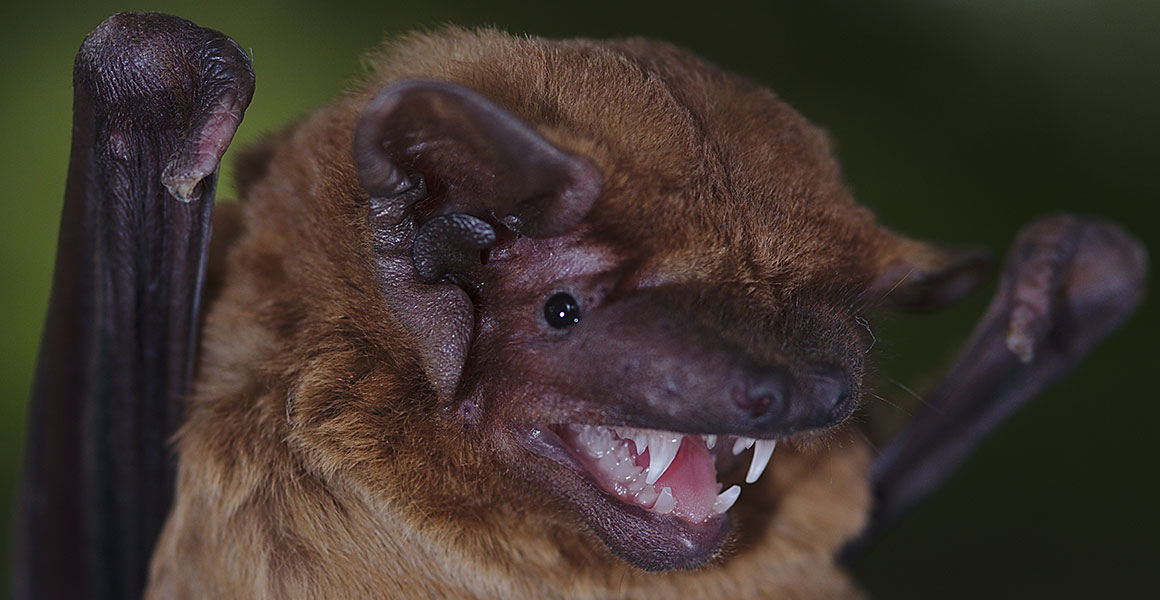
Noctules (Nyctalus noctula) are one of 18 bat species that live in the UK © Kamran Safi (CC BY-SA 4.0) via Wikimedia Commons
Because bats fly around in the dark, roost in hidden locations and many avoid artificially lit places, these small creatures are often out of sight and out of mind.
But there are many ways you can spot these remarkable animals in your local area and even take them under your wing, whether you live in a city, a town or in the countryside.
Some facts right off the bat
Bats are mammals in the order Chiroptera, which means 'hand-wing' in Ancient Greek. They are the only mammals capable of sustained flight.
Around the world, there is an astonishing diversity of bats. The UK is no different: 18 resident bat species account for a quarter of our mammal species.
Despite this rich biodiversity, UK bat populations have crashed in the last century due to human activities, such as building work that results in the loss of roosting sites and habitat. There are signs that some species are now recovering slightly, but more work needs to be done to protect and understand them.
Where to see bats in the UK and how to identify them
Steph Holt, a bat expert and the UK Biodiversity Training Manager at the Museum, says that if you see a bat in the UK then you are most likely seeing a pipistrelle. Two out of the three pipistrelle species rule the roost in terms of UK bat numbers, accounting for 80% of the total population.
Those species are the common pipistrelle (Pipistrellus pipistrellus) and the soprano pipistrelle (Pipistrellus pygmaeus).
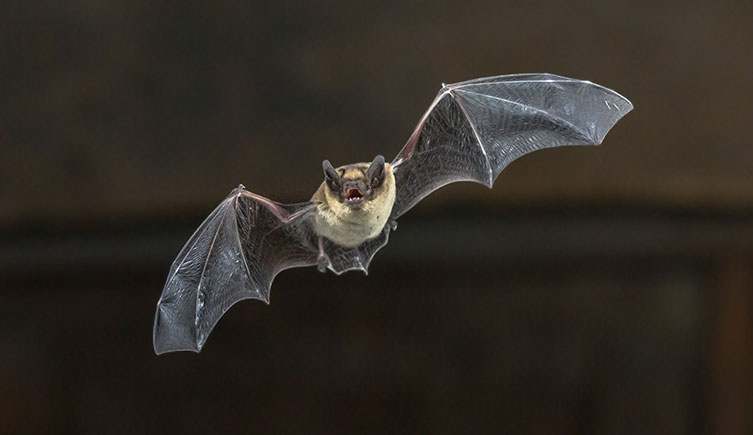
The common pipistrelle (Pipistrellus pipistrellus) is widespread across the whole UK © Rudmer Zwerver/ Shutterstock.com
Steph says, 'Pipistrelles are the ultimate generalists: they will roost anywhere they can and eat pretty much anything they can fit in their very small faces!'
Bats in the UK can mostly be spotted from April to November, as they mainly hibernate over winter. Animals may occasionally leave their roosts on warmer nights from February onwards, in search of food and water, but will tend to be inactive during colder periods.
The best time to watch bats is around dusk. Pipistrelles are easy to identify by their distinctive twisting flight and can be seen in a range of habitats across the country, including the far north of Scotland.
Gardens, woodland, farmland and urban areas are all good places to look out for the common pipistrelle, but soprano pipistrelles prefer wetland habitats, typically those near rivers.
Steph recommends bat watching near water as night falls, to see hunting behaviour over the surface:
'Visit a pond, lake or slow flowing river in the evening and you'll see bats arriving looking for insects.
'If you see a flash of white belly fur from a bat flying low over the water's surface, it could mean that instead of a pipistrelle you've seen the rarer Daubenton's bat (Myotis daubentonii), which uses its hairy feet to catch prey from the water's surface.'
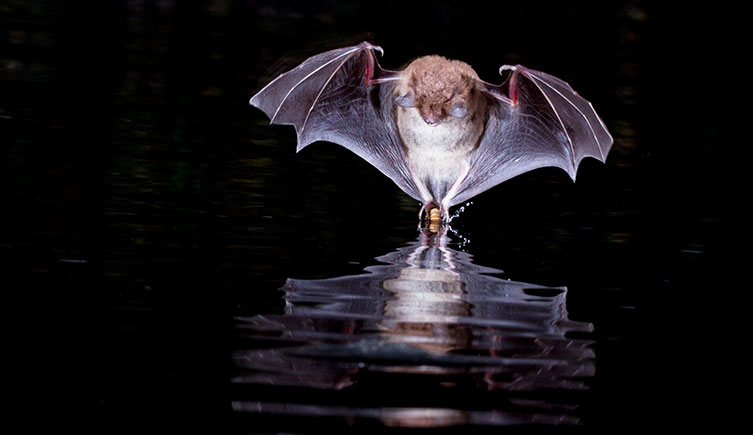
A Daubenton's bat (Myotis daubentonii) hunting for insects over water © Agami Photo Agency/ Shutterstock.com
You can find Daubenton's bat in Scotland as well as further south, but several other UK species are only found in England and Wales.
One such southerly species is the serotine (Eptesicus serotinus). This is one of our largest bats and can be found in urban areas investigating lights and potentially flying low over lawns gleaning insects emerging from the grass.
Another species that is easier identify and occurs throughout much of the British Isles is the noctule (Nyctalus noctula).
Noctules emerge just as it starts to get dark and you will occasionally see them flying high in the sky in a straight line. Steph adds, 'Look up next to the tree canopy just as it gets dark and you might see this large bat silhouetted against the still-light sky catching insects from above the trees.'
Play it by ear
Beyond these easier-to-spot bats, observing and identifying other bats in the UK can be a real challenge.
All UK bats use echolocation to navigate and hunt, but the sound they produce is not audible to most of us. Steph explains that you need to listen with special equipment to get a clearer picture of the bats in your area.
She says, 'The high-end kit can be expensive, but you can pick up cheaper bat detectors for £60-90 that are excellent for a beginner.'
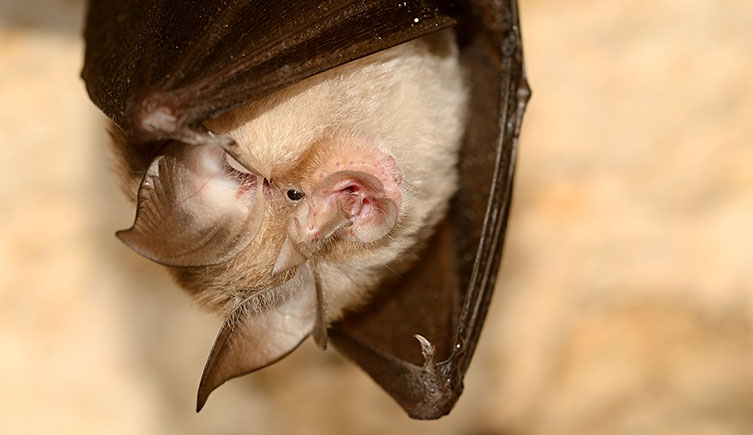
The lesser horseshoe bat (Rhinolophus hipposideros) is one of two horseshoe species in the UK. Both use their distinctive noseleaf to manipulate their echolocation call. Instead of regular clicks, they produce a high, warbling 'song'. © Michal Pesata/ Shutterstock.com
But even with equipment and experience, identification is still difficult in some cases.
Steph says, 'The seven mouse-eared (Myotis) species are very hard to differentiate as they have very similar calls across a wide range of frequencies.
'Brown long-eared bats (Plecotus auritus) have very faint calls since their favourite food - the yellow underwing moth (Noctua pronuba) - can hear them coming. So this species is difficult to detect.'
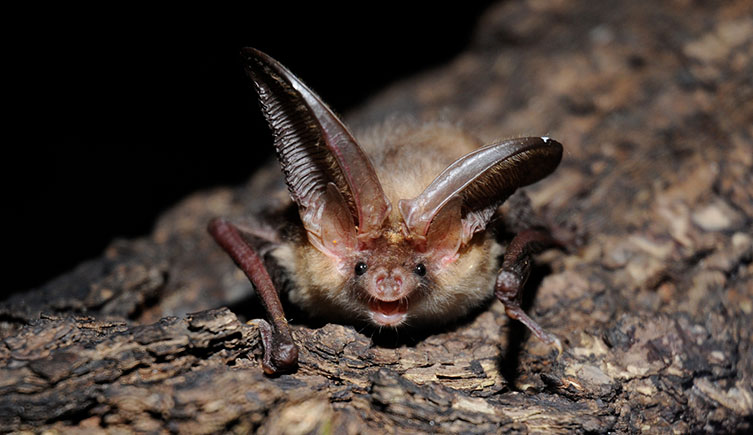
Brown long-eared bats (Plecotus auritus) have ears that are two-thirds of its body length to catch prey using echolocation ©Ján Svetlík (CC BY-NC-ND 2.0) via Flickr
Steph explains that this challenge is just one of the reasons bats are difficult to study.
'It's harder to ring bats than birds [ringing is where a small tag with a unique ID is attached to an animal to enable its specific identification], so few people have licences to do this. Bats have a finely tuned weight-to-flight ratio so it's also difficult to fit GPS trackers to them.
'We think our bats migrate between the UK and the continent, but so far this has been hard to confirm.'
Despite the difficulties, scientists now understand much more about our bat populations and their behaviour than ever before. What the data show is concerning.
Bats under threat
UK species are under pressure: nine out of our 18 species have been included in the first Red List for Britain's mammals due to their rarity, rate of decline or lack of data.
Steph explains, 'Bats need three things: safe roosting sites, areas to forage and commuting routes so they can travel between them. If any of these are adversely affected, then populations will decline.'
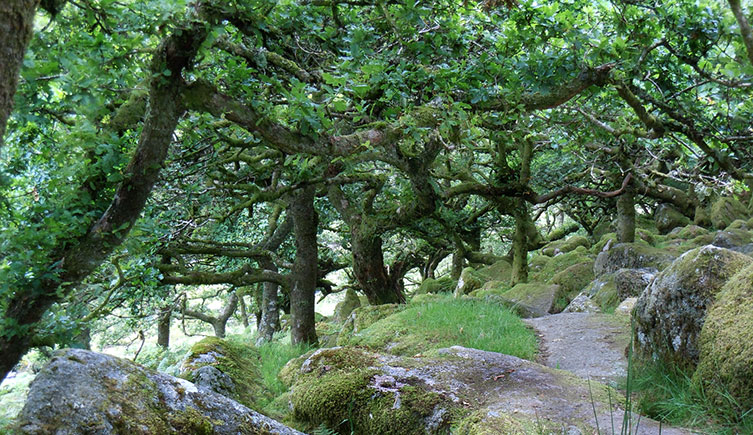
Mature trees are vital to some bat species, including rare barbastelles (Barbastella barbastellus) © ExterAnna (CC BY-NC-ND 2.0) via Flickr
Steph says, 'Bat roosts are either in caves, trees or buildings. Some species are specialists. For example, the western barbastelle (Barbastella barbastellus) and Bechstein's bat (Myotis bechsteinii) are woodland specialists. It is these species that are suffering the greatest effects of humans and seeing the biggest declines.
'Barbastelles and Bechstein's bats are two of our rarest species and they rely on veteran tree features for their roosts - things like rot holes, splits or flaking bark. Trees that are near footpaths, roads or railway lines and considered too big or 'unsightly' are often tidied up, leaving fewer options for these bats. And our ancient woodland habitats in general have declined dramatically.'
The more specialised species are also more vulnerable to other threats.
'Dramatic reductions in insect populations and the use of industrial pesticides and wormers for horses and livestock have all caused declines,' says Steph.
Greater horseshoe bats (Rhinolophus ferrumequinum) feed almost exclusively on dung fauna such as flies and beetles, which themselves rely on livestock dung. Between the 1960s and 1990s populations of this bat species declined by around 90%, leaving their populations restricted to southwest England and south Wales. This decline is primarily connected to increased use of Ivermectin wormers in livestock and horses which remain present in the dung, killing off the insects that the bats feed on.
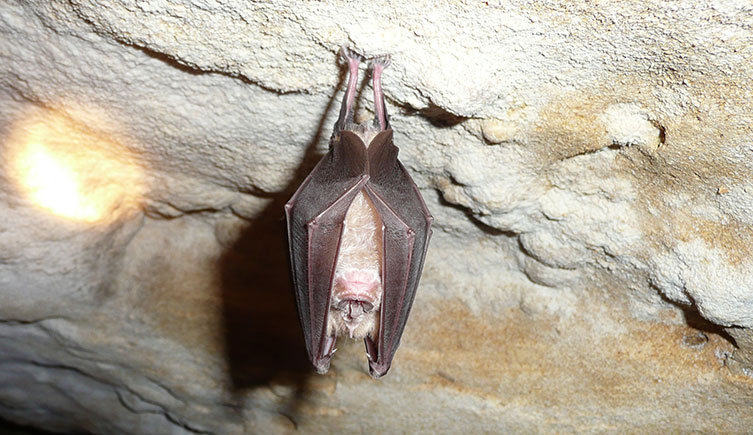
Changes in farming practices, increased urban sprawl and livestock worming have contributed to a huge decline in the UK population of greater horseshoe bats (Rhinolophus ferrumequinum) © Marie Jullion (CC BY-SA 3.0) via Wikimedia Commons
How to help bats near you
Here are five ways you can help encourage and protect bats in your local area.
1. Get gardening
Attracting more insects to an outside space will benefit bats. Steph recommends adding night-flowering plants like evening primrose, night-scented stock and nicotiana to your garden or window box to attract moths and other night-flying insects.
It is important to avoid using pesticides which poison insects and the bats that eat them.
If you can add a feature like a small pond this will bring in even greater numbers of insects and all sorts of other wildlife.
2. Turn the lights down low
Bats are incredibly sensitive to light.
Steph says, 'The saying "blind as a bat" is wrong: bats have good eyesight in low-light conditions and they dislike bright light. We know that some species will simply avoid well-lit areas altogether, and lighting can cause the abandonment of both roosting and feeding areas. Lights can also break bats' commuting routes.'
Cutting down unnecessary external lighting will help solve this problem. Make sure that security lights are pointed downwards and only shine as much light as you need, when you need it.
Find out more about the effects of light pollution on wildlife and how to prevent it >
3. Make lofts bat-friendly
There's a common misconception that bats roosting in buildings are a pest. Unlike mice, bats do not build nests or cause any structural damage in their roosts.
Steph says, 'The very minimal damage bats might cause in your loft is from their urine, which is easy solved with a dust sheet to protect things in storage.
'Avoid using sticky insect strips. These are terrible for bats - they get stuck to them and die a slow, often painful death. Bats also roost right up next to beams, so avoiding using toxic wood treatments which are harmful to them.'
The GOV.UK website has information about wood treatments that are safe for use near bats.
Modern breathable roofing membranes which are often used in new buildings or extensions have also been shown to have catastrophic effects with bats becoming entangled in the loose fibres.
All bat species, their breeding sites and resting places are protected by law, but that doesn’t mean if you have bats in your house that you can't use the loft or undertake building work. You can find detailed guidance on living with bats and what to do if you need to do work on a property which may have bats roosting in it on the Bat Conservation Trust website.
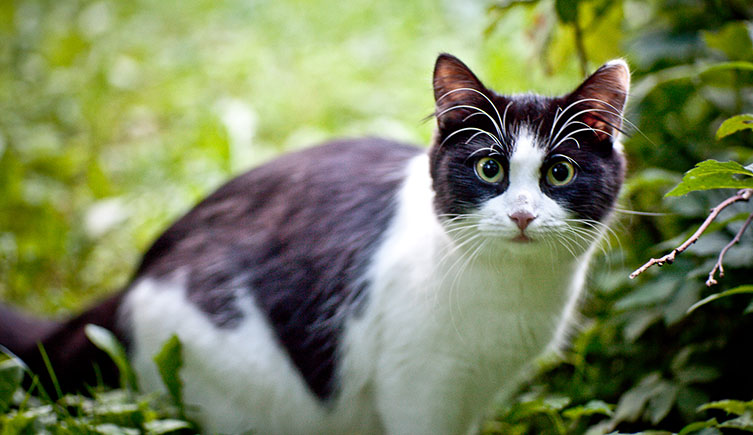
Domestic cats hunt bats at night © Artis Logins (CC BY-SA 2.0) via Flickr
4. Keep cats indoors at night
Domestic cats are bats' main predator in the UK. Keeping cats indoors at night, particularly around dawn and dusk when bats are emerging and returning to their roosts, will help protect them.
Steph says, 'Domestic cats are amazingly skilful predators, but that can have significant consequences for our wildlife.
'During bat surveys I have seen cats actively stalking bats, and once sadly saw a single cat kill almost an entire colony of bats as they emerged from a roost before it could be stopped.
'Volunteer bat carers often find that they are frequently called out to bats which have been injured by cats. Sadly, these often don't survive due to the bacterial load in cat saliva.'
5. Hang around with your local bat group
The best way to find out more about bats is to join a local group and get involved with bats in your local area, says Steph.
'You'll find out more about this fascinating group of animals and the challenges they face, and support conservation efforts, perhaps even learning to become a volunteer bat carer yourself.'
Going on bat walks and learning to use bat detectors with experienced bat-lovers is a great way to find out about different species and learn to identify them. The data from these surveys, and others that you can learn to carry out yourself through the National Bat Monitoring Programme, help us to understand how bat species are responding to changes in the environment and how we can conserve their populations for the future.
You can find your local bat group via the Bat Conservation Trust.
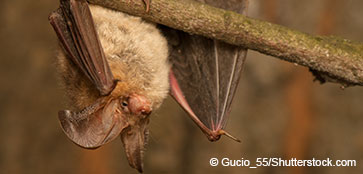
Identify UK bats
Learn the key identifying features of five of Britain's most common bats.

British wildlife
Find out about the plants and animals that make the UK home.

Do your bit for nature
Biodiversity is connected to almost every aspect of our lives, but it needs our help. Small actions can make a big difference.

Concerned about the planet’s future?
Explore our on-demand course on the Biodiversity Crisis and learn how you can help.

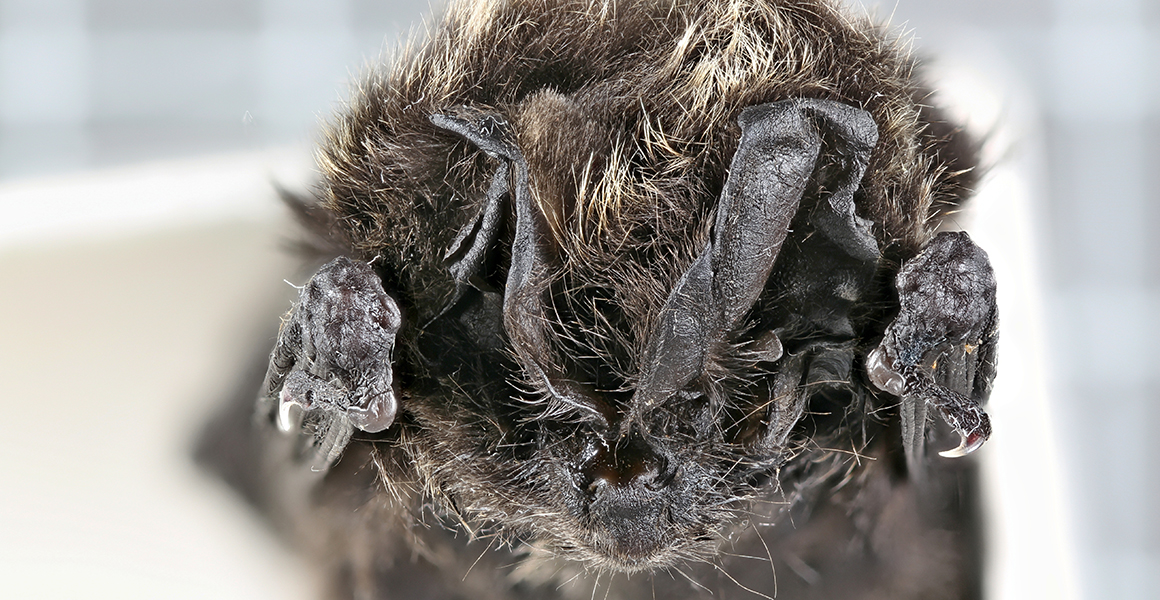

Don't miss a thing
Receive email updates about our news, science, exhibitions, events, products, services and fundraising activities. We may occasionally include third-party content from our corporate partners and other museums. We will not share your personal details with these third parties. You must be over the age of 13. Privacy notice.
Follow us on social media